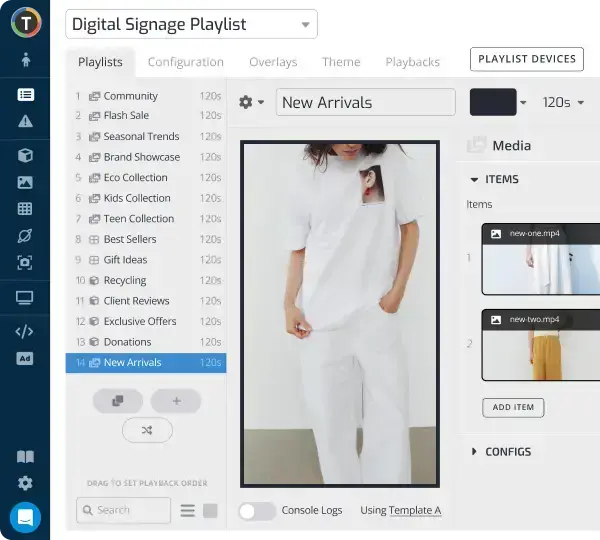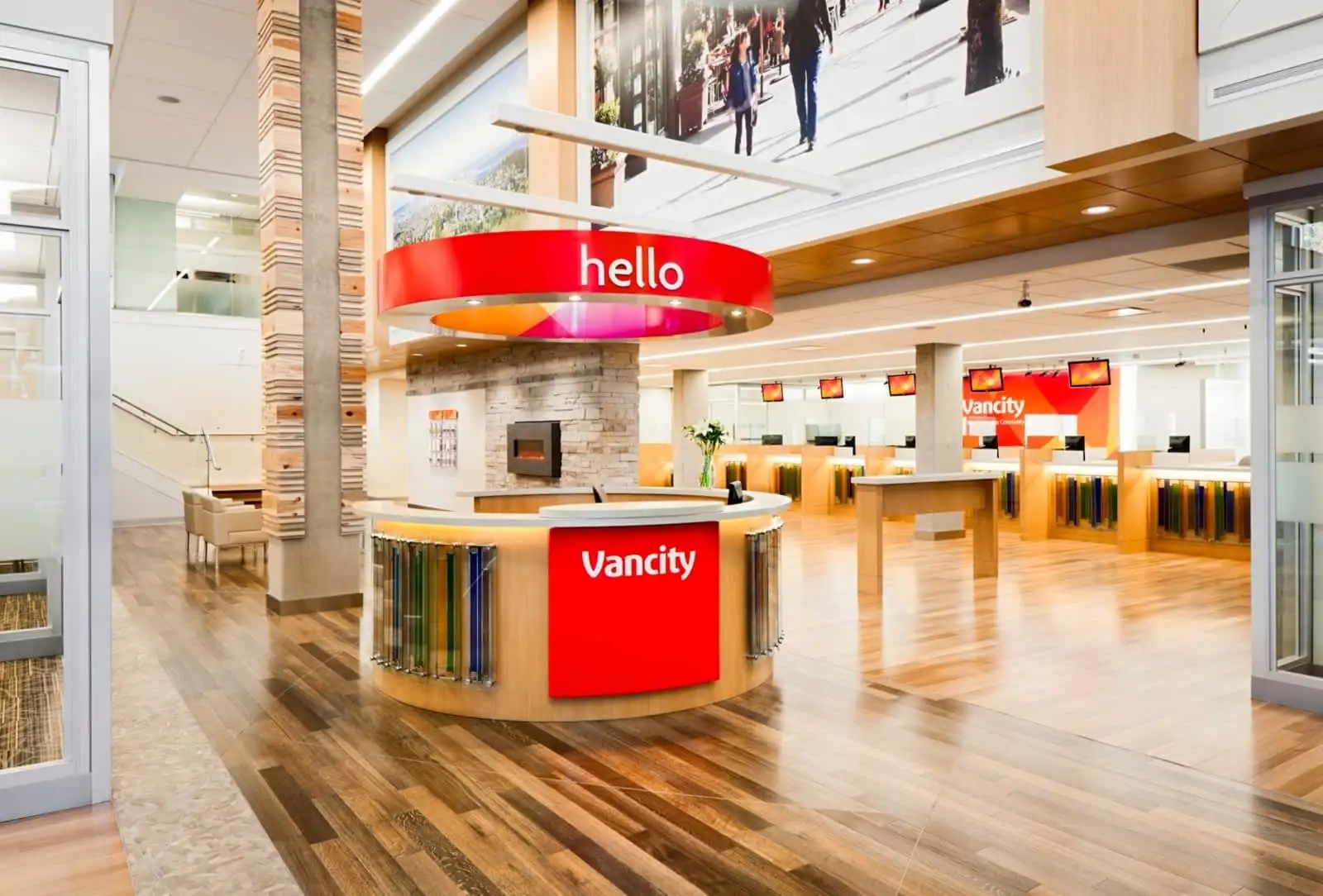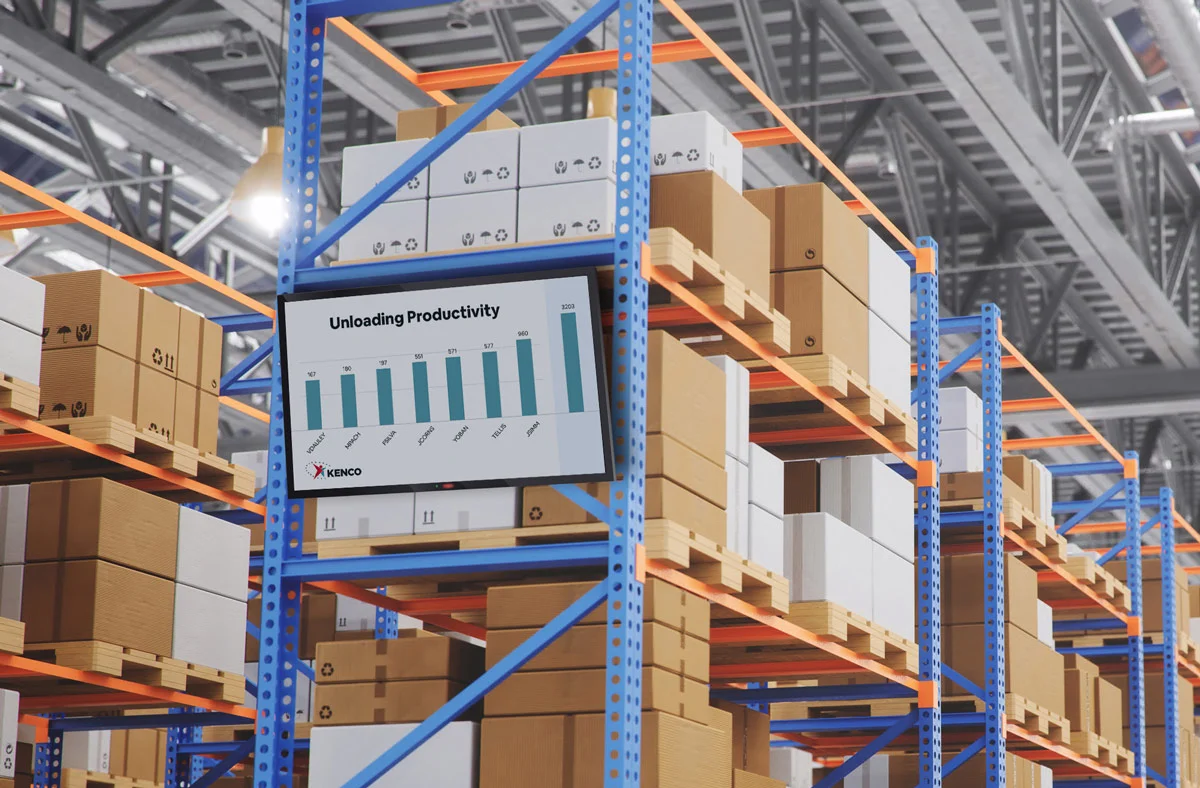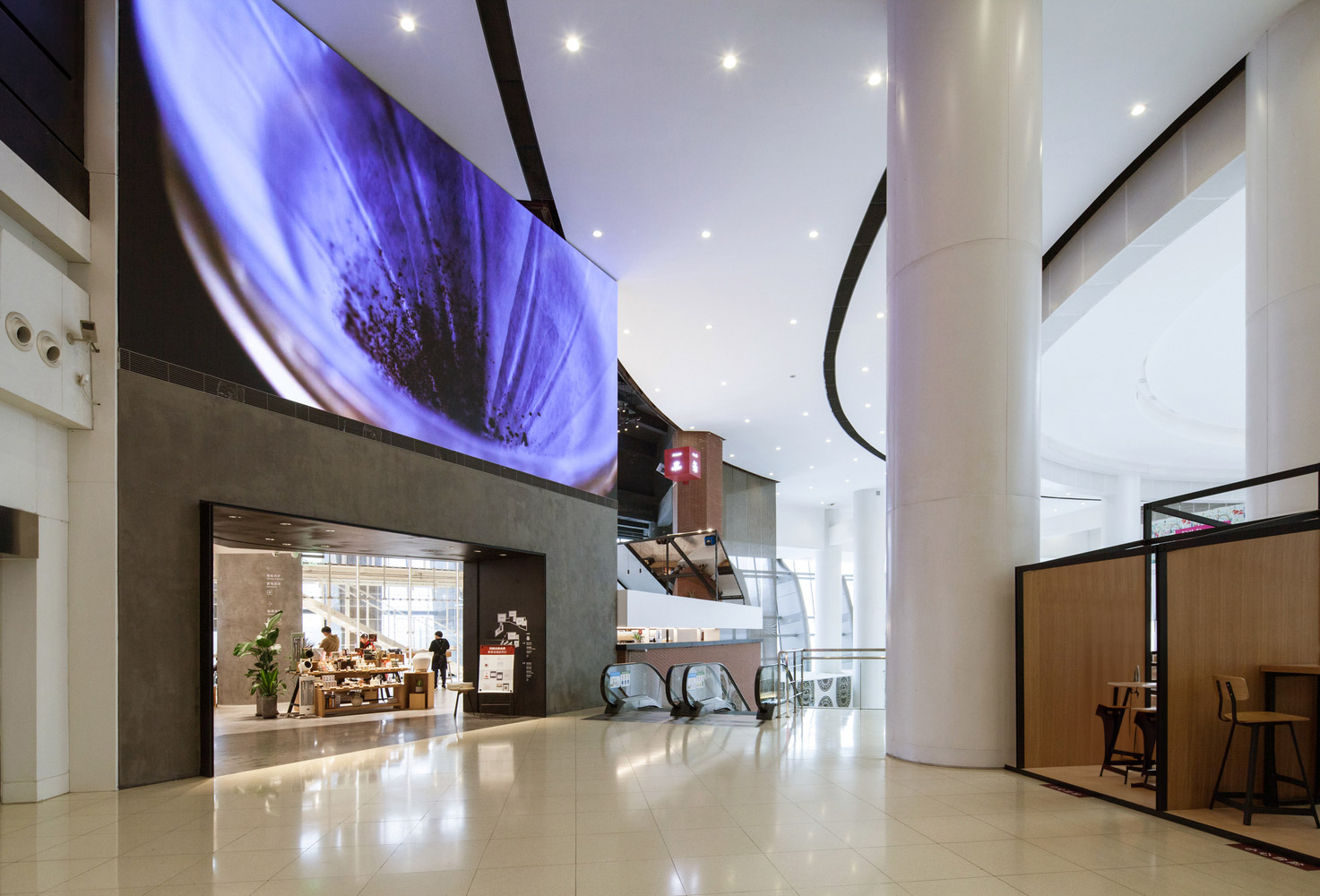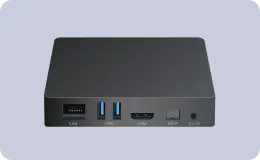Enhancing Kiosk Security Against Physical and Digital Threats
WRITTEN BY: TelemetryTV, 05-10-2024
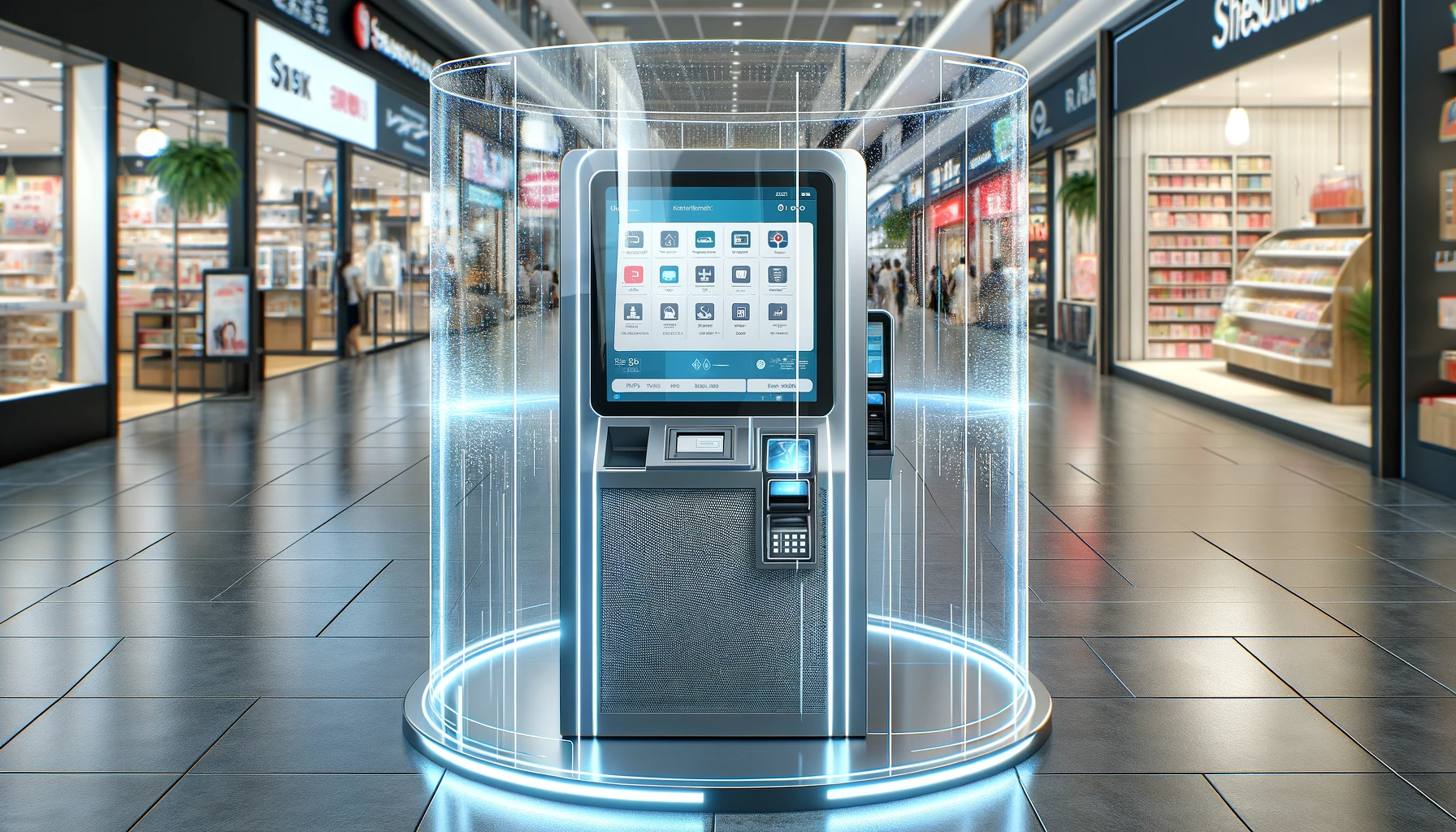
In the modern era of digital technology, kiosks have become an integral part of many businesses, offering convenience and enhancing customer experiences. However, with this increased reliance on kiosk systems comes a range of security challenges. This blog post explores these challenges, shedding light on the high costs of physical damage to kiosks, the issues of theft at self-checkout systems, the threats to kiosk data security, and the potential for pranks and reputation damage. It emphasizes the significance of integrated security measures and robust strategies to ensure the safety and integrity of kiosks.
Addressing the High Costs of Physical Damage to Kiosks
Addressing the issue of physical damage to kiosks requires a thorough understanding of the problem's scale. It's more than a minor inconvenience—it's a widespread and expensive issue that can greatly disrupt business operations and inflate maintenance costs. The recent surge in incidents underscored the problem's severity, highlighting the urgent need for effective solutions.
Recent cases of vandalism at the Gore Transfer Station (Stuff.co.nz) in New Zealand and digital kiosks in Oakland (NBC Bay Area) and New York City (NBC New York) in the U.S highlight the vulnerability of public-facing technology to physical attacks. Such attacks can lead to significant operational disruptions, financial losses, and affect wider communities that rely on these services, emphasizing the need for robust security measures.
Businesses must, therefore, protect their investments with robust strategies that consider both kiosk location and security. This involves installing secure enclosures to prevent theft and tampering, enhancing surveillance for a quick response, and selecting locations less prone to vandalism. These measures not only protect the kiosks and prevent financial losses but also ensure the ongoing availability of these crucial services.
Secure Self-Checkouts: Combating Theft with Technology
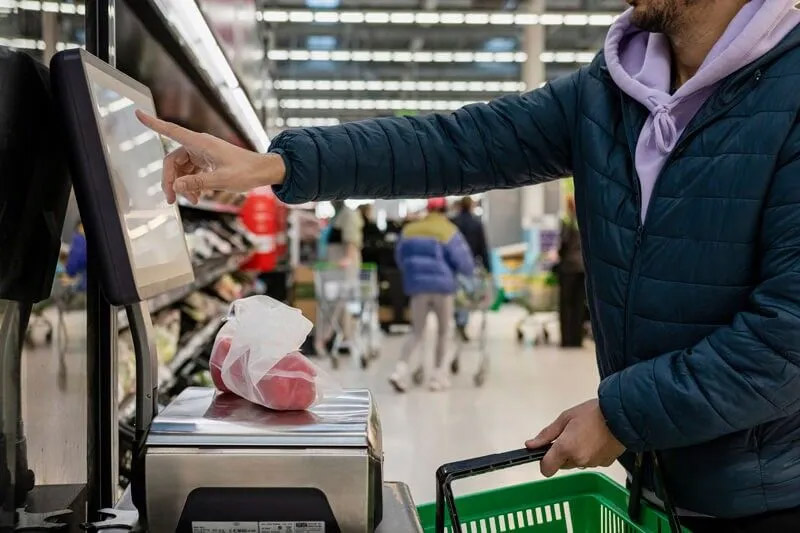
When considering the challenge of theft at self-checkout kiosks in Retail, it's important to recognize the various tactics shoppers employ and the strategies stores can use to mitigate these issues. Common methods of theft include the "banana trick," where shoppers key in a code for a cheaper item while weighing a more expensive one, the "pass around" which involves not scanning certain items, and the "switcheroo" where barcodes of expensive items are swapped with those of cheaper goods (IT Retail POS) (Solink).
To combat these challenges, stores have implemented several effective strategies. Attentive employees stationed at self-checkout areas can dramatically reduce theft—up to 90% in some cases—by assisting with the checkout process and maintaining a visible presence that deters potential thieves (Truno). Additionally, technology plays a crucial role; integrated scales and customer-facing cameras help verify that the weight and the items scanned match the products being bagged. Some stores also use advanced video analytics software that pairs video feeds with transaction data to detect discrepancies and prevent theft (IT Retail POS) (Solink).
Ultimately, the goal is to strike a balance between offering convenience and ensuring security, creating an environment where customers feel watched but not accused, and where the risks of theft are significantly minimized without sacrificing the shopper's experience (NavilTech). These approaches not only protect profits but also enhance the customer's shopping experience by reducing wait times and maintaining an efficient checkout process.
Securing Kiosk Data: Lessons from High-Profile Breaches
The challenge of data security in kiosks is underscored by several notable breaches, highlighting the urgent need for robust cybersecurity measures. For instance, Avanti Markets experienced a significant breach where malicious software was deployed on their payment kiosks, potentially compromising customers' credit card and biometric data. This incident revealed the vulnerabilities in kiosks that handle sensitive personal information and underscored the importance of securing such systems against sophisticated malware attacks (Krebs on Security).
Similarly, a major breach at Home Depot targeted self-checkout lanes, where malware was used to steal credit and debit card numbers. This breach was particularly significant as it was confined to self-checkout systems, affecting a substantial number of stores and highlighting the risks associated with these payment systems (Krebs on Security).

These cases demonstrate that kiosks, particularly those involved in processing personal and payment information, are attractive targets for cybercriminals. They emphasize the necessity for kiosk operators to implement advanced security measures, including encryption of data at rest and in transit, regular security audits, and the use of up-to-date and secure software systems. Additionally, it is crucial to educate users about the security features of kiosks to mitigate the risk of data theft. These steps are essential not only for protecting consumer information but also for maintaining the trust and reliability of kiosk services.
Upgrade your kiosk operations with TelemetryTV, a SOC 2 compliant software designed specifically for digital kiosk management. Guarantee top-level security and contemporary functionality while managing content, applications, and user access from a single centralized platform.
Discover how TelemetryTV can enhance your kiosk operations strategy:
Preventing Pranks and Protecting Reputation
This article won’t be complete without pranks and reputation risks that can significantly impact a business. Highlighting real-world incidents helps illustrate the potential severity of these issues.
A notable example happened at the University of Utah when a hacker displayed adult content on an outdoor kiosk. This incident disrupted the university's operations and raised concerns about the security measures for protecting publicly accessible devices.

In another example, false rumors about a supermarket spread rapidly online due to a prank involving inappropriate language towards customers. This case underscores the speed at which misinformation can spread and the potential damage it can cause to a brand’s goodwill. It emphasizes the need for businesses to respond promptly and transparently to minimize the impact.
These examples highlight the vulnerabilities of kiosk systems. They also demonstrate the importance of both information system security and reputation management. Businesses should proactively monitor online mentions and promptly address any negative incidents that could damage their reputation. They should also have a crisis management plan in place to ensure a quick and effective response in case of any incidents, thereby minimizing potential harm.
Conclusion: Ensuring Kiosk Security and Reputation Integrity
As kiosks become increasingly integral to daily operations across diverse industries, it's essential to address potential security vulnerabilities. Key security measures include application-specific lockdowns, regular software updates, remote management tools, and proactive reputation management. These strategies help prevent unauthorized access and data breaches, and quickly resolve operational issues, minimizing downtime and maintaining service quality. Businesses need to stay alert, updating their security measures and systems to tackle emerging threats. A proactive approach to managing both the technology and public perception of your kiosk systems is crucial for maintaining a positive customer experience.
